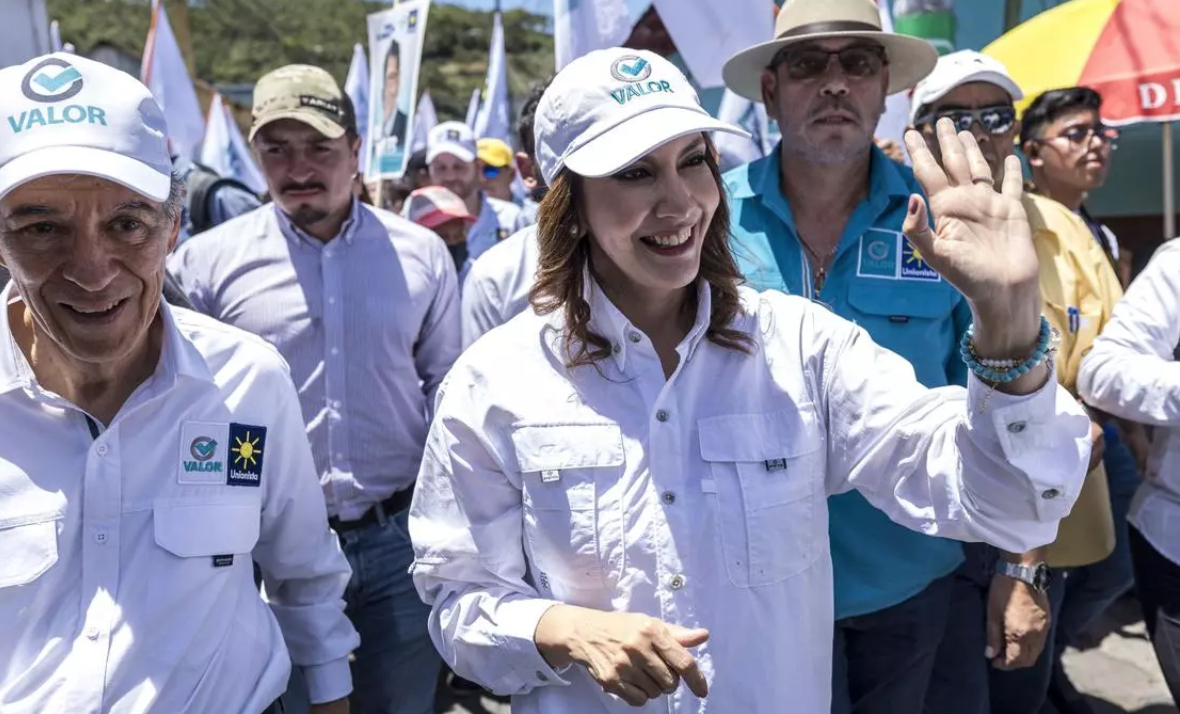Guatemala celebrates this Sunday a presidential election that will be decisive for its own history as a nation and, at the same time, strategic from a sub-regional point of view. At the internal level, at stake is the survival of a system that has functioned as an informal alliance, forged by a heterogeneous mix of corporate interests and part of the political class. These have managed the institutional gears of the country, aiming to protect their interests and prevent the access to power of figures that would jeopardize the foundations of the model. This (informal) alliance was created to confront the investigations of the International Commission against Impunity in Guatemala (CICIG) that came close to toppling the system when in 2015 a corruption case brought down the government of Otto Pérez Molina.
Since then, this alliance, heterogeneous and with multiple interests, sometimes discordant, has managed to maintain its hegemony. This was achieved by supporting candidates that did not endanger its control, such as Jimmy Morales between 2016 and 2020, who was in charge of eliminating the CICIG mission, which put the interests of the dominant groups at risk, and Alejandro Giammattei between 2020 and 2024.
These groups have been able to form a base of parties that have given support to the governments. Above all, the National Unity of Hope, of Sandra Torres, and Valor, of Zury Ríos, two theoretically rival forces, but which, in fact, have co-governed the country with the different ruling parties since 2008.
In addition, the control of the judicial and electoral institutions has allowed the exclusion in the elections of candidates threatening the system, such as Thelma Aldana in 2019 and Roberto Arzú, Thelma Cabrera and Carlos Pineda in 2023.
Thus, the system has ensured that, for the 2023 elections, the two pro-system candidates such as Zury Ríos (daughter of dictator Efraín Ríos Montt) and Sandra Torres (former first lady of Álvaro Colom and dominant figure in that administration) do not have anti-system rivals such as Arzú, Cabrera or Pineda. They only have to face the rise of a figure like Edmond Mulet, who does not put at risk the control of the power groups, beyond his more reformist proposals.
This June 25 will confirm, in the first place, the preeminence of the punishment vote against the ruling party. President Giammattei’s Vamos party will present Manuel Conde as its candidate, who will finish third or fourth. It is a Guatemalan tradition that the ruling party does not manage to repeat its victory. Although this is a punishment vote for the ruling party, it is not a punishment vote for the “alliance”, since the second round will face Ríos and Torres, or, in any case, Mulet, against one of them.
As it has always happened in Guatemala since 1985, there will be a second round. Even more due to the great political fragmentation with 22 presidential candidates. Everything points to the fact that Torres will be in the second round since he has solid electoral ground. However, due to the rejection, he is dragging, which already prevented him from winning in the 2015 and 2019 runoffs, whoever faces the former first lady, will probably become the next president.
In the short term, governability seems assured despite the fact that a very fragmented legislature will emerge. Ríos and Torres have been co-governing the country and forging clientelistic pacts with third forces since 2008. Moreover, Mulet is a man who knows the system, has been in politics since the 1990s, and has surrounded himself with pro-system figures in his new party, Cabal.
Nevertheless, governance in the medium and long term looks more complex. Institutionalism (political parties, Congress, and, above all, judicial bodies) is mortally wounded in its legitimacy, having been co-opted by corporate interests. There is, undoubtedly, great social unrest that has not been channeled in this campaign. Arzú tried to lead the disaffection, but when he was left out, Carlos Pineda, a foul-mouthed, rabble-rousing candidate, who moved very well in the networks and was a self-made businessman, won the “angry vote”. In one month he went from 10% to leading the polls with between 25% and 30% and positioning himself as a favorite to defeat in the runoff figures that embody the system such as Ríos and Torres.
Taking Pineda out of the electoral race has avoided in the short term the triumph of an anti-establishment candidate, but it has left behind frustration and a pool of votes. Above all, among the growing urban and young class, which will continue to look for anti-establishment candidates for the next election.
Given the drift that Central America is going through, what happens in Guatemala could contribute to the processes that the sub-region is currently undergoing. In the last five years, Central America has seen the emergence of a dictatorship (Nicaragua), the slide of a regime towards authoritarian methods and practices (El Salvador), and the penetration of a state by drug trafficking to the highest levels of institutionality (Honduras), while in the two most developed countries (Panama and Costa Rica) the pillars of their models are deteriorating.
If Guatemala consolidates the current system, which experts such as Daniel Haering call a “corporate semi-dictatorship”, the country will either fall into the hands of a challenger to Nayib Bukele or follow the path of other Central American nations towards a strong and progressive deterioration of its democratic institutions, which could jeopardize liberties.
*Translated from Spanish by Micaela Machado Rodrigues












